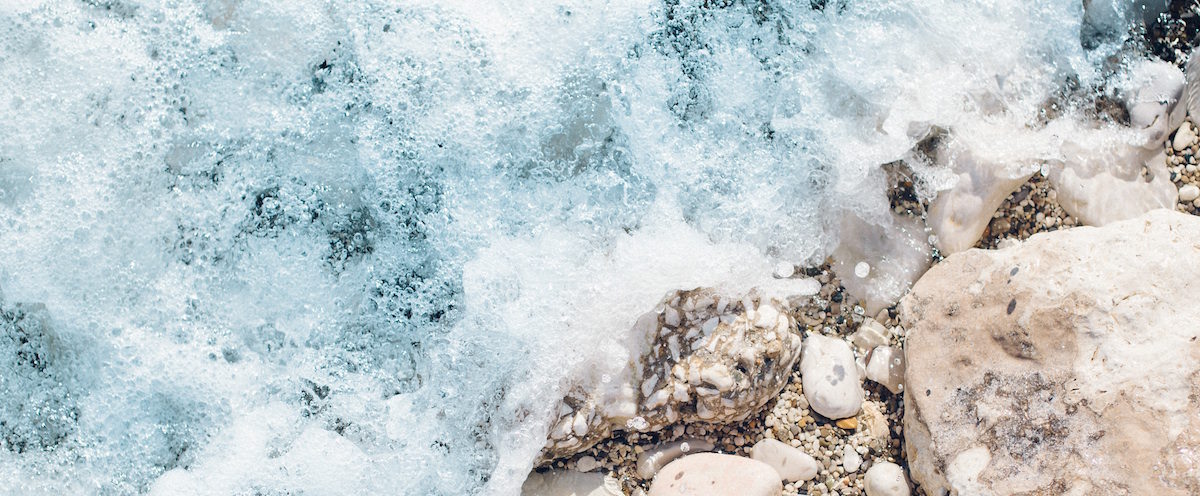Contemporary Meditation Coach Toby Ovury talks about the relationship between creativity and positivity. Here he uses the metaphor of an artist and the daily canvas.
I want to begin with a quote from Coomaraswarmy that I really like :
It is not a question of an artist being a special type of person, but of every person being a special kind of artist.
I’m going to stick to the discipline of painting to put across the relationship between creativity and positive thinking. Firstly, in the same way that an artist begins with a blank white canvas, so a person who is looking to master the art of positive thinking needs to become familiar with the “white canvas” of his or her natural mind. In this context “natural mind” simply means the mind when it is free of disturbing conceptual thoughts or turbulent feelings, just abiding its natural state.
It is of immeasurable use to know from direct daily experience that behind the continual stream of thoughts and feelings lies the peace, tranquility, and radiance of our natural mind. If we develop the skill of learning to let our mind rest in its natural state for regular periods each day, we will realize that knots and twists of negativity within our mind can be removed or unwound temporarily simply by allowing our mind to return to its natural, non-conceptual state, to allow it to become like the white canvas of a painter. From there we can then learn to paint the canvas of our mind with new and vibrant colours in the form of positive thoughts and feelings.
“Easier said than done,” I hear you say, “isn’t the problem being able to clear the mind in the first place?”
Yes, that is true, but here is the key to doing it;
Your conscious mind can only do one thing at a time, so, if you focus on watching the thoughts and feelings in your mind, rather than engaging and identifying with them, then you will find that they will start to clear from your consciousness quite swiftly and naturally.

Imagine that your thoughts and feelings are like the waves on an ocean. You are sitting on a beach looking out, seeing the waves of your thoughts and feelings rise, break and subside back into the ocean of your mind, without getting involved. After doing this for a short while, you will find that your mind naturally starts to become clearer and lighter. With practice you will be able to make your mind into an inner blank white canvas within the space of a few minutes. This non-conceptual white canvas of the mind is by its nature peaceful, balanced and still.
So, having created the “white canvas”, within your mind, there then remains the challenge of painting a work of art each day onto your consciousness using the creative power of positive thinking.
Let us say the “pallet” which you use to paint on your inner canvas is made up of what happens to you during each day of your life. Each day a different set of paints and colours is placed upon your pallet, and it is up to you to use what you have been given in order to create your work of art.
On this subject I have two points that I would like to share with you for the remainder of this article. The first is that the nature of the colours themselves depends upon the attitude and perception with which we approach them. For example “my wife and I are not getting along well” is very different from “my wife and I are going through a learning process that is going to deepen our relationship in the long term”. My point here is that the ‘colour’ of the events that happen in our life depends upon the perspective that we choose to see them with. So, firstly we can brighten up our ‘daily pallet’ each day by choosing carefully the attitudes and perspectives through which we see what is happening to us.
The second point is that great art is not always made up of bright rainbow colours. Some of the greatest art has been made up of colours that many people may consider to be dull or uninspiring. For example the self portraits of Rembrandt, or more recently the abstract canvases of Mark Rothko are works of beauty and depth, and yet they are made up of muddy browns, grays and other turgid colours, worked together to produce a masterpiece.
So my second point here is be careful about judging what you have been given on your pallet each day, and rigidly labeling it as a “good colour” or a “bad colour”. If we use our creative abilities, we can come to see the how the most superficially dull or dreary colours can be combined together artistically to create an artwork of great beauty and depth.
Article by Toby Ouvry, Contemporary Meditation Coaching

